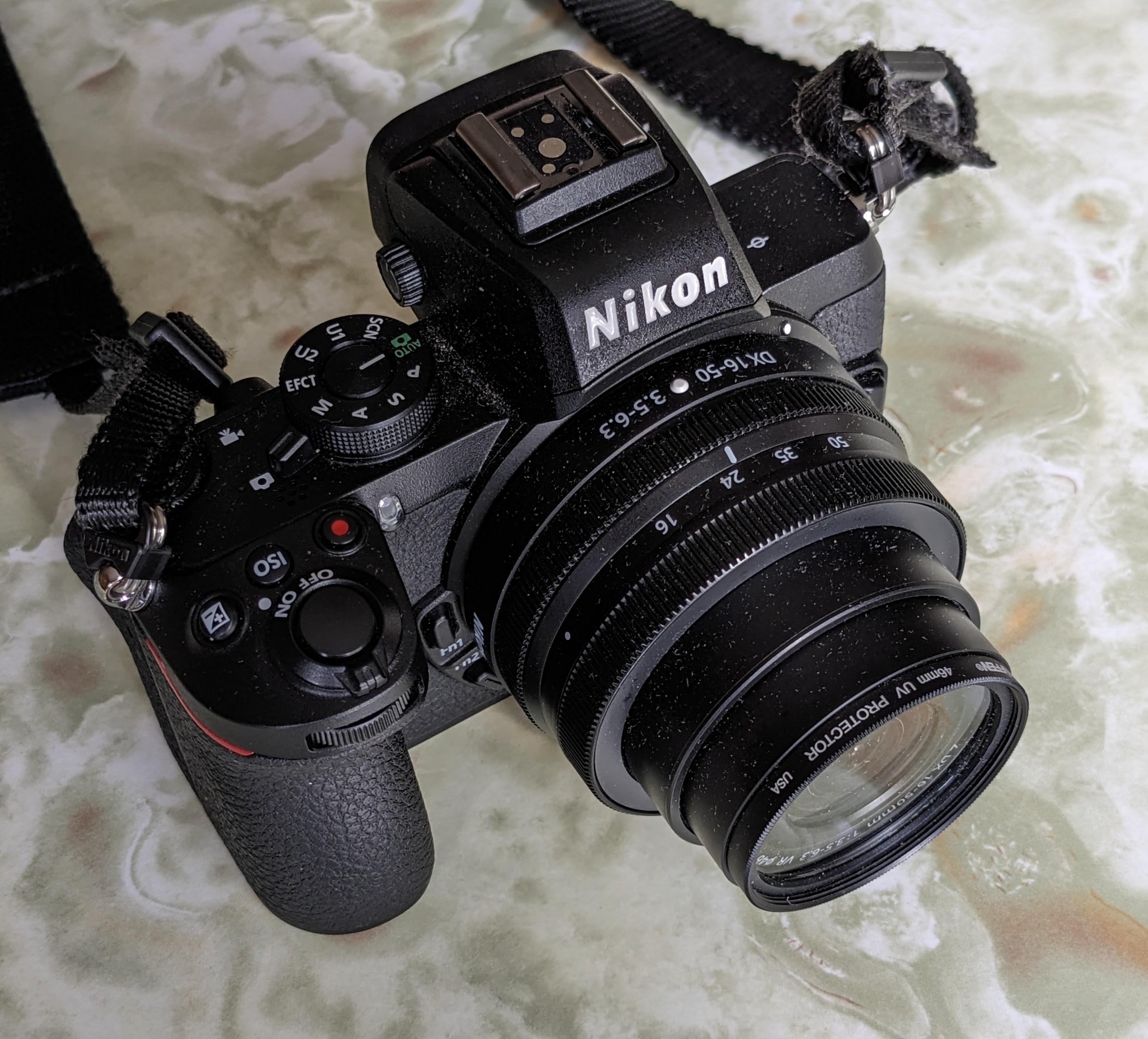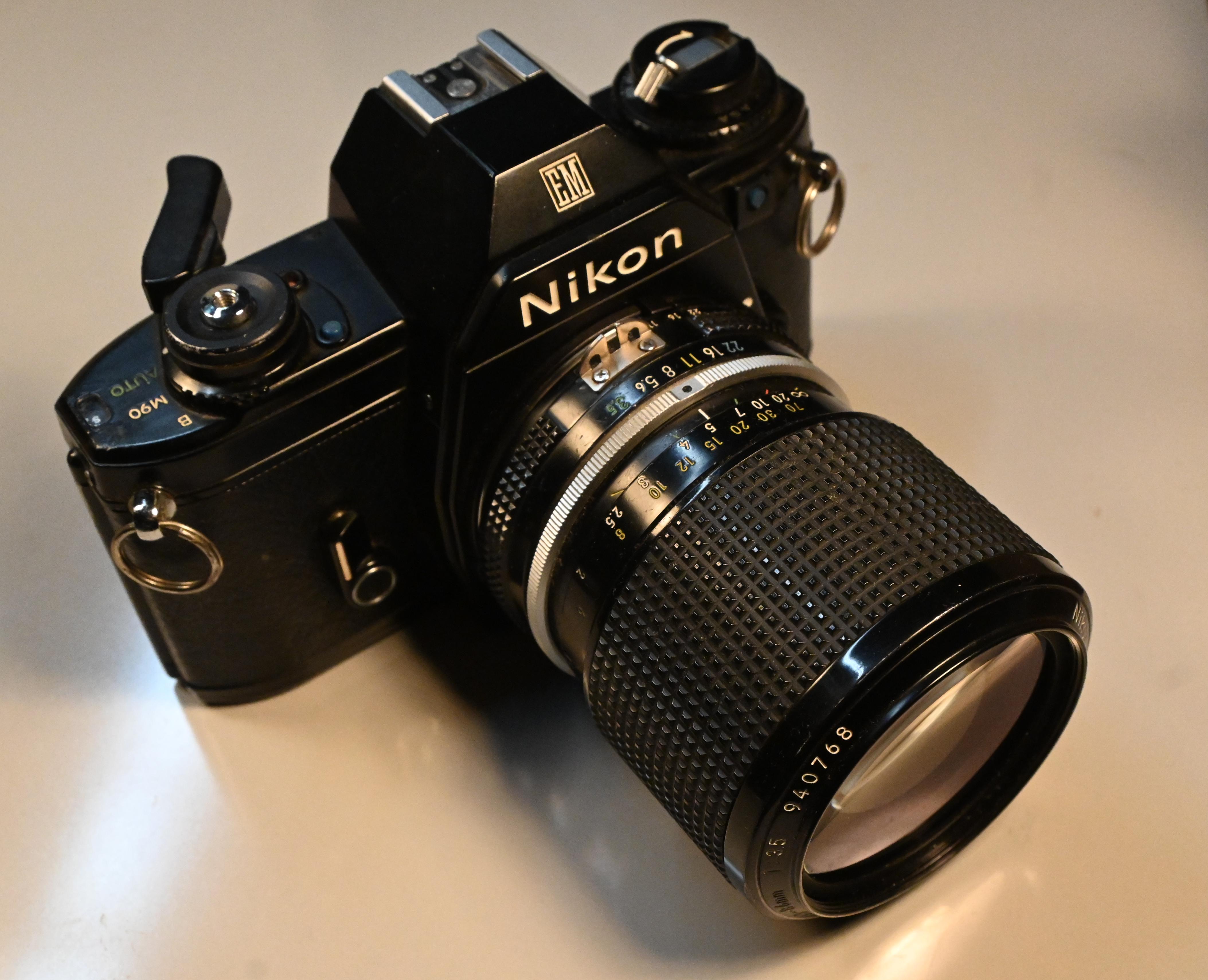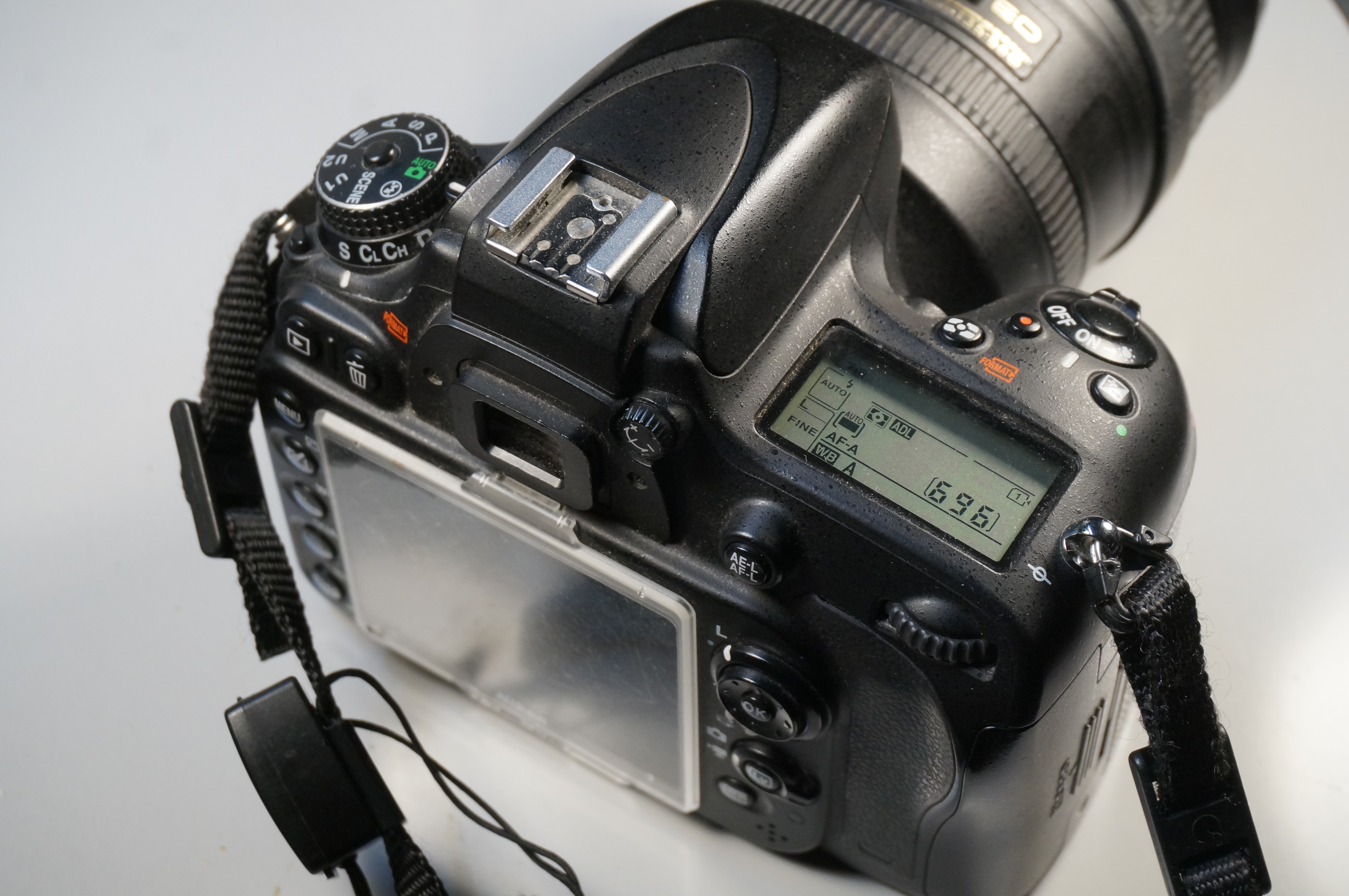Ian Darwin: A Taxonomy of Cameras
In days of yore there were film cameras, like the popular SLR the Nikon F and its descendants and competitors. We’re no longer much interested in film (I’ve sold off or am selling all my film equipment), although film is actually making a bit of a comeback among the cognoscenti.
Digital cameras can be categorized in several ways:
Digital Cameras vs Smartphones Digital Cameras: Interchangeable Lens vs Non-interchangeable Interchangeable Lens: DSLR (Digital SLR) vs Mirrorless
|
|
This leaves out a few niche types, like the sheet film cameras from the days of Ansel Adams and the twin-lens reflex film camera, but they needn’t concern us.
Anyone who cares about image quality is probably going to be using a camera with interchangeable lenses, or a mid- to high-end smartphone. The non-interchangeable-lens camera shown above need not apply; it’s just there for completeness.
Cameras can be rated by their maximum "resolution", the number of dots or "pixels" (picture elements) that make up the image. Film cameras have a resolution of about 100MP (mega-pixels or million pixels). Digital camera specifications from their manufacturers include many factors impinging on picture quality. Two that generally top the list are resolution in MP, and sensor size. Sensor size is the physical diagonal of the element that converts the lens' image into electrons that get turned into the picutre you see. As with flat-screen televisions (and other things), size matters. Bigger sensors generate better pictures, due to the physics of optical scanning.
| A Film SLR - Nikon EM | A Digital SLR - Nikon D600 |
|---|---|
|
|
BTW, the term "mirrorless" is a temporary term, to differentiate from the SLR/DSLR. SLR: Single-lens Reflex film camera. DSLR: same but digital instead of film. SLRs and DSLRs have a mirror which sends the image up into a pentaprism that inverts the image so you can see it in "normal" view in the viewfinder or rear screen. This accounts for the "bulge" on top of these cameras (although many mirrorless cameras also have a bulge on top caused by having en EVF, and Electronic View Finder). The mirror has to flip up out of the way when a picture is being taken, which accounts for the loud "clunk" sound these cameras make. It’s also a source of vibration, which can make pictures less sharp.

"Mirrorless" cameras do not have the mirror(!) or the pentaprism, making the camera simpler, lighter, and fewer moving parts which means longer life/fewer repairs, and more vibration-free (for sharper focus). The entire camera industry is moving from DSLR to Mirrorless. So why do I call it a temporary term? Ever heard the term "horseless carriage"? That’s what motor cars were initially called, to differentiate them from their predecessors. With usage, the term was shortened to "car". Something similar will happen when the last DSLR is pried from the cold dead hands of its owner :-) But we can’t shorten "mirrorless" to their "mirror" or "less", so we will probably switch to the acronym ILC, for Interchangeable Lens Cameras. But as with all evolution of the English language, only time will tell.



